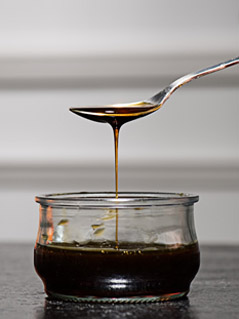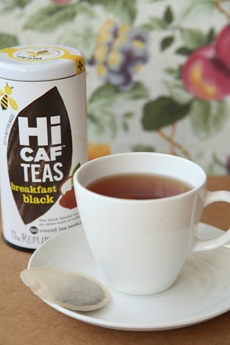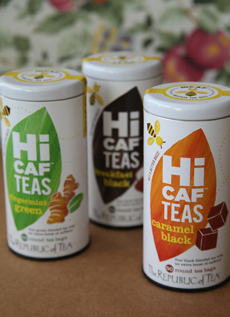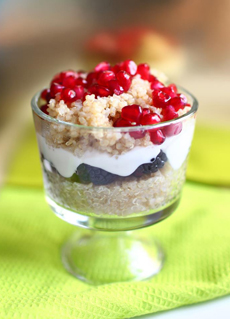MORE ABOUT WAFFLES
The Ur-Waffle. Before there were modern waffles, there were the rustic hotcakes of the Neolithic Age (ca. 6000 B.C.E. to ca. 2000 B.C.E.). Made of cereal pulps, they were cooked on heated stones. Honey is as old as written history, dating back to 2100 B.C.E., where it was mentioned in Sumerian and Babylonian cuneiform writings, the Hittite code and the sacred writings of India and Egypt. We don’t know when man first decided to unite honey and hotcakes, but here’s the honey history.
The Waffle Iron. The waffle iron—enabling pancake-type foods to be turned into textured waffles—was created in the 1200s, when a [presumably] pancake-loving craftsman combined cooking plates that reproduced a pattern of honeycombs.
The Electric Waffle Iron. The electric waffle iron was introduced in 1911 by General Electric.
Types Of Waffles. There are at least 11 varieties of waffles: American, Belgian/Brussels, Liège, Hong Kong Waffle, Krumcake, Malt, Pizzelle, Potato, Soft, Stroopwafel and, yes, Toaster. Take a look at the types of waffles.
Here’s the complete history of waffles.
The Center Of Syrup. Canada produces more than 80% of the world’s maple syrup, the vast majority in Quebec. Vermont is the biggest U.S. producer, followed by New York and Maine. But no matter how much is produced in the U.S., we need to import the majority of our syrup from Canada. (We have the trees to produce more syrup, but not the people who want to tap them.)
RECIPE: HOMEMADE WAFFLES WITH A TWIST
Here’s a recipe from Crown that uses maple sugar instead of table sugar for even more maple flavor.
Ingredients For 6 Large Waffles
2 cups all-purpose flour
1 teaspoon salt
4 teaspoons baking powder
2 tablespoons maple sugar (see note below
2 eggs
1½ cups warm milk
1/3 cup melted butter
1 teaspoon white sugar
Preparation
1. PREHEAT waffle iron to desired temperature.
2. COMBINE all dry ingredients in large mixing bowl and set aside.
3. BEAT eggs in a separate bowl; stir in milk, butter and vanilla. Pour milk mixture into the flour mixture; beat until blended.
4. LADLE batter into heated waffle iron and cook until golden brown; serve immediately with maple syrup.
WHAT IS MAPLE SUGAR
Maple sugar is made from the sap from the maple tree, as opposed to the juice of sugar cane, from which table sugar is made. It has the same strong maple flavor and aroma as maple syrup.
The sap is boiled until almost all of the water has been evaporated; the remaining product has crystallized. The sugar can be sold in large blocks, molded into small shapes or simply ground into a granulated version that can be used like regular sugar.
Maple sugar can be used in the same way as cane sugar: in coffee, tea, baked goods and cocktails. It adds more complexity and richness than cane sugar.
However, is almost twice as sweet as regular sugar, so when replacing cane sugar, you need to reduce the amount. Try using one-third less, and adjust to taste.
|








